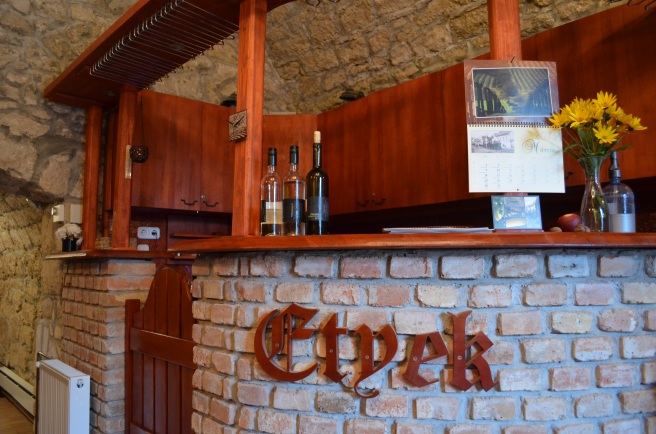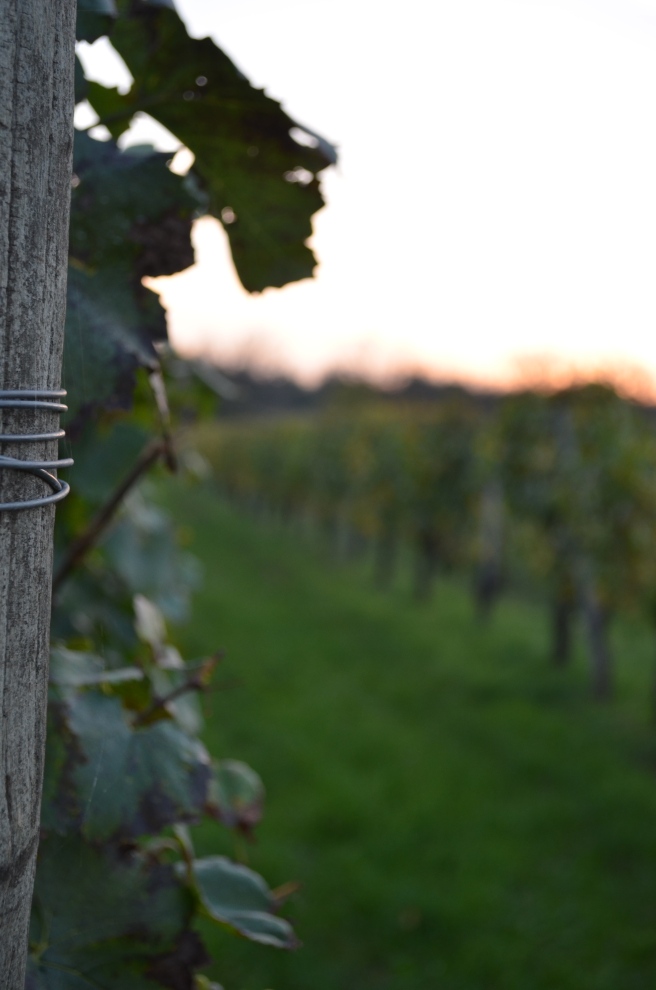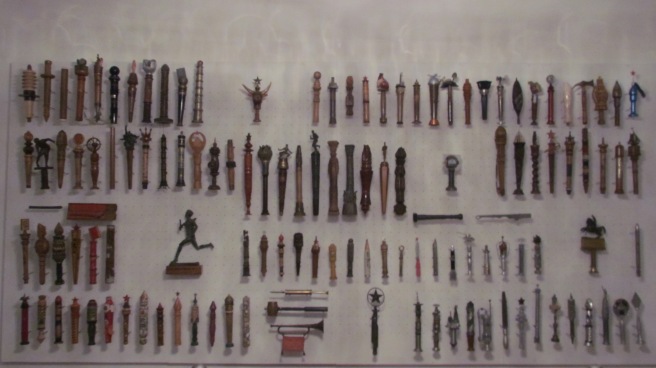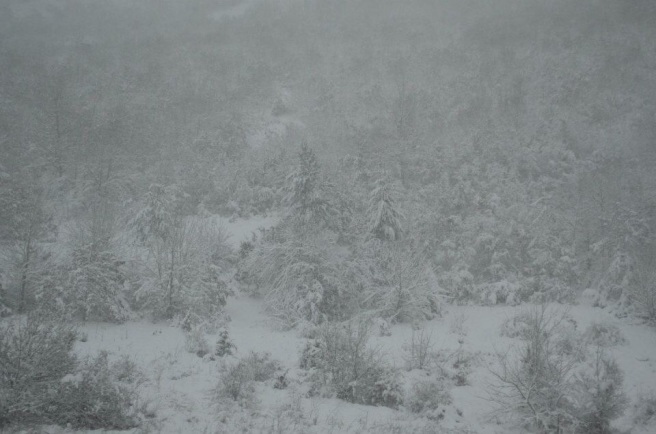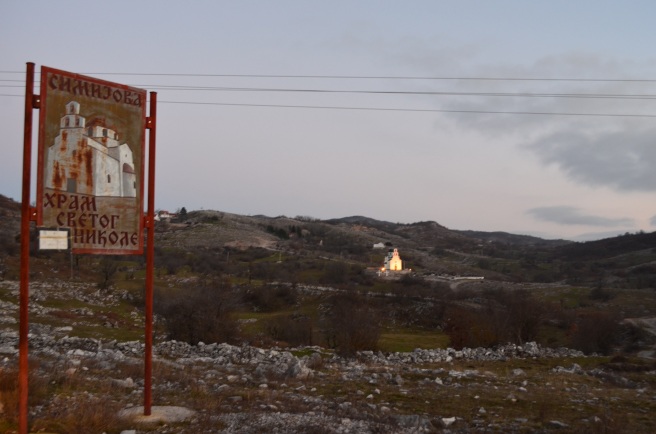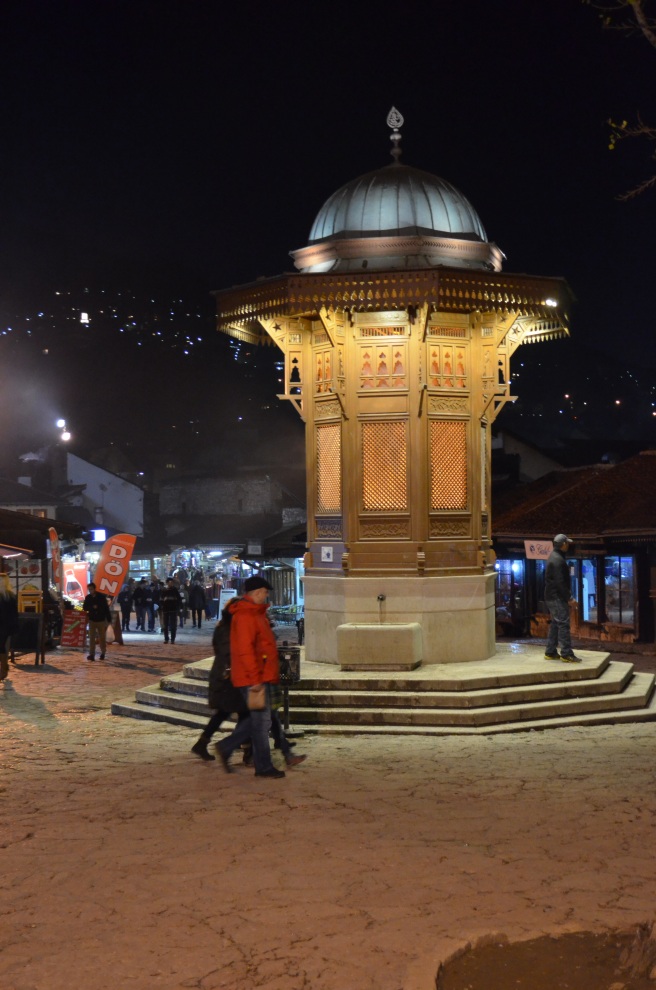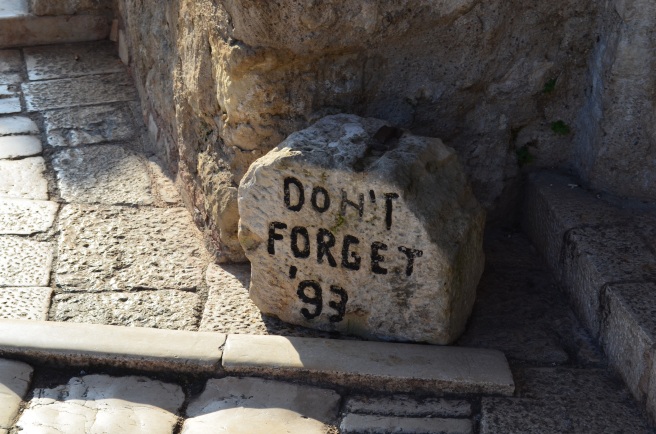I am a self-described wino, with lofty aspirations of becoming a true connoisseur of the refined liquid through both life experience and actual training. Although I have a long way to go on this lofty goal, I am slowly achieving parts of it through working extremely hard at trying as much wine as possible.

I have had the good fortune of trying wine in a number of different places of the world, however, I would like to compare experiences in two very different parts of the world: Burgundy, France and Etyek, Hungary. Although both had extremely wonderful white wines (if you are into that sort of thing – I’m a red girl), they had two very different approaches to the touring experience.
France – and French wine – is everything you would imagine. It has a refined history, a very specific code for the quality of its wines, depending on what hector of land it happens to be from, and a very specific process to how it creates its wines. As I found in the region of Champagne, the region of Burgundy has very specific rules and regulations to what makes wine from that region of France designated “Bourgogne”.

For starters, if you are drinking white wine from Burgundy it is always chardonnay – there is no negotiating on this. If it is red, it is always Pinot Noir – again, no exceptions. When it does get tricky is what quality of vineyard you are looking at. The better quality are named “Grand Cru” and the lower regions are simply have the name of the village or town it was made in. The soil and/or location is about the only difference in the wines from this region, yet they have such drastic differences in taste. It is amazing to see how a crop from just across the road is classified different from its neighbor and yet has a distinctively different taste.
Hungary on the other hand…has none of the refined, judgmental wine experiences you expect from France. My favorite quote from our tour guide for the day when asked to described the wine we were tasting (mostly white) was a rhetorical question back to the taster. “What do you think about the wine? Do you like it? Then it doesn’t really matter what grape or how old vineyard is or where it is from; you like it, you like it.”
While I do not disagree with this assessment, he offered no other information about the wine we were tasting or the specifics of wine from that region. Later we learned that our wine guide knew little about wine and more about having fun, which I soon learned was worth it.
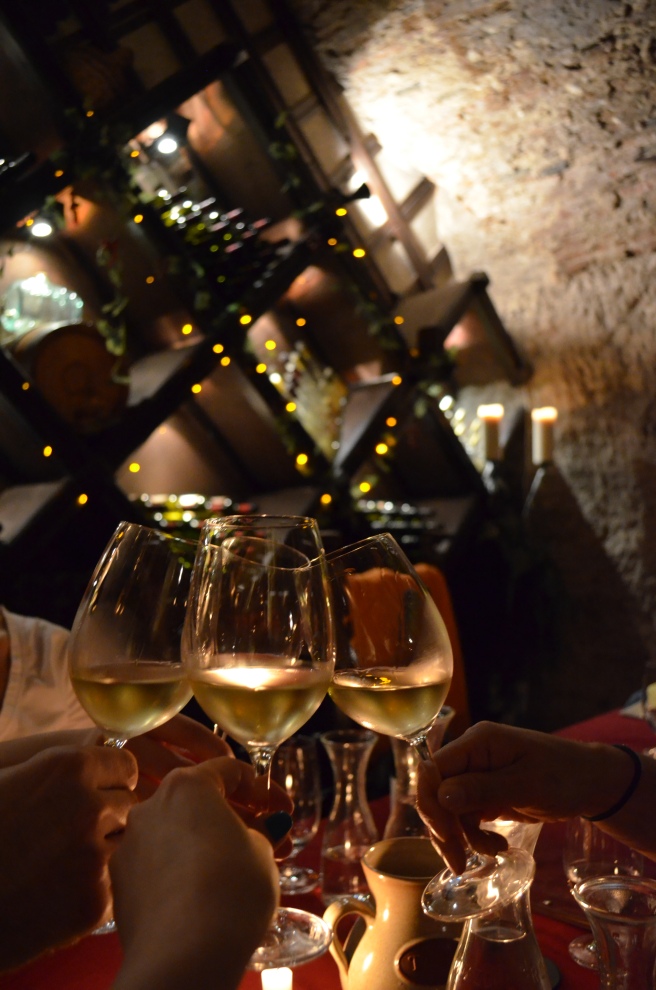
Anytime I travel to a new country, I always crave finding that local, unique experience; that experience you tell stories about later or has you questioning your current reality and/or thinking “this is amazing”. It is difficult to find in Europe where most experiences are beautiful, but not necessarily awe inspiring (this probably also indicates I have lived here too long). However, I did manage to find it in Hungry, with our fun loving guide.
We went to a winery that was just being resurged after WWII’s efforts to completely destroy any hope or history of wine in the country. A father son team, their wine was good, but the coolest part was the circle of cellars which their winery was a part of. Only recently discovered in a reconstruction effort of a nearby town, this circle was a co-op of 15 wine growers that all went in to recoup this underground network of wine cellars lost after the war and discovered only a few years ago.
Better than a WWII wine cellar discovery was dinner at a young couples house in the country. Our last stop on the tour was to an old wine mill turned home. An incredible story, this young Hungarian couple had decided to purchase an old wine mill and turn it into a home. Not only did they create this beautiful, interesting dining room, but they also took their hand at creating wine on their newly bought land. Winning international awards on their first attempt at wine making, we sipped this brew in their dining room as we enjoyed a home cooked meal by locals who not only built their own house, and started their own mini winery but also began their own small business having a mini-restaurant of home cooked Hungarian meals!
The whole experience was nothing like I had experienced before. I am not sure if it is because I had expected a wine tour and instead got a culture tour with wine or if it was the intimacy of the whole thing, but it was honestly amazing.
What’s the moral of this story? Wine is amazing and different no matter where you go in the world.
